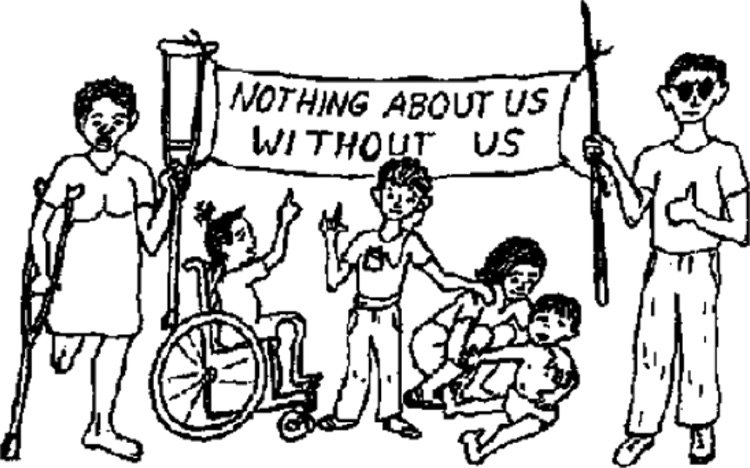Technologies For, By and With Disabled Persons” by David Werner, 1998,
dinf.ne.jp/doc/english/gl…

design-justice.pubpub.org/pub/cfohnud7/r…
design-justice.pubpub.org/pub/cfohnud7/r…
Disability Simulation Is Discredited; Lived Experience Is Not Fully Transferable.
design-justice.pubpub.org/pub/cfohnud7/r…
#ADA30
Ultimately, #ADA30 is a chance to celebrate the movement's victories but also to take stock of the continued struggle ahead in every field, including design.
[/end]
design-justice.pubpub.org/pub/cfohnud7/r…


